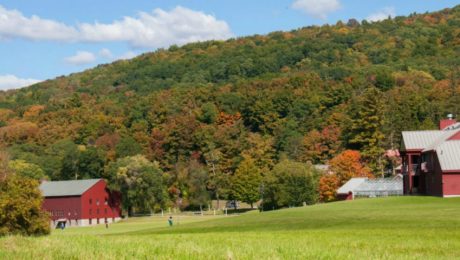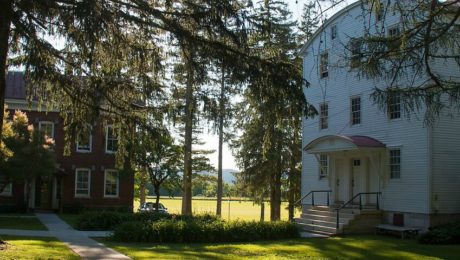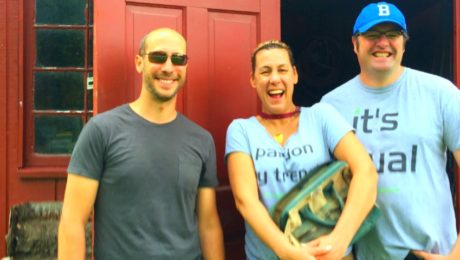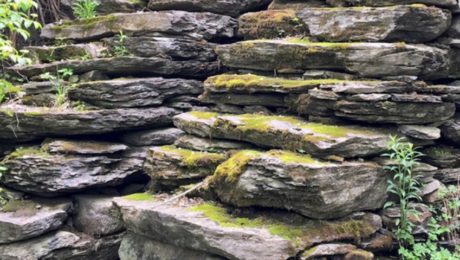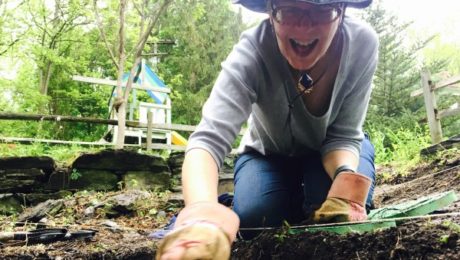This innovative social and religious movement stood firm behind the principles of racial and gender equality during America’s Age of Revolution.
The community known as the ‘Shakers’ were first established in Liverpool in the 1700s by Ann Lee, a charismatic woman bent on a mission to find a more personal and emotional religion than the official Church of England. After gathering a small group of likeminded followers to her cause, the first community set sail for America in 1774 to escape the religious persecution they suffered for their new non-conformist beliefs.
From the very beginning, the Shakers stood behind the principles of racial equality, female leadership, and technological innovation. They built self-sufficient communities, and were known for their respect and interdependence with the environment, and the quality and simplicity of their hand-crafted furniture, objects, buildings, and village planning.
With a Christian vocation, Shaker’s believed in the principles of establishing a ‘heaven on earth’ through their own work and deeds, and followed practices of celibacy, communal life, pacifism, and public confession of sin. They also believed that their founder Ann Lee embodied the second manifestation of Christ’s spirit on Earth, influencing the official name for their movement: ‘The United Society of Believers in Christ’s Second Appearing’. Their now commonly used ‘nickname’ derived from the way members of the group would physically tremble to ‘shake off’ sins and evil during their ecstatic worship.
In 1787, the Shakers established a community on Mount Lebanon, a picturesque peak nestled between the Berkshire Hills and Taconic Mountains in upstate New York. The site, now a prestigious college and preparatory school, became the largest community in the USA and the spiritual centre of Shaker society. Two Elders and two Eldresses made up the Central Ministry located here, and together they oversaw the spiritual and temporal needs of all the major Shaker communities
At the height of the Shaker movement in the mid-19th century, there were an estimated 4,000 – 5,000 Shakers, with 19 major Shaker communities spread from New England to Kentucky. Individual Shaker communities consisted of between two to six smaller communal groups called ‘Families’, with two Elders and two Eldresses in charge of the spiritual life of each Family.
However, their ‘golden age’ was not to last, and in the late 19th century, against a backdrop of civil war and the impact of the industrial revolution, many aspects of Shaker life came to be seen as out-dated and naïve. Slowly, village after village was forced to close, and the land sold off to private owners.
But the Shaker story doesn’t completely end there, today, a single community still survives at the Sabbathday Lake Shaker Village in Maine, and the movement’s legacy of simplicity and innovation continues to influence modern society.
